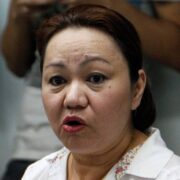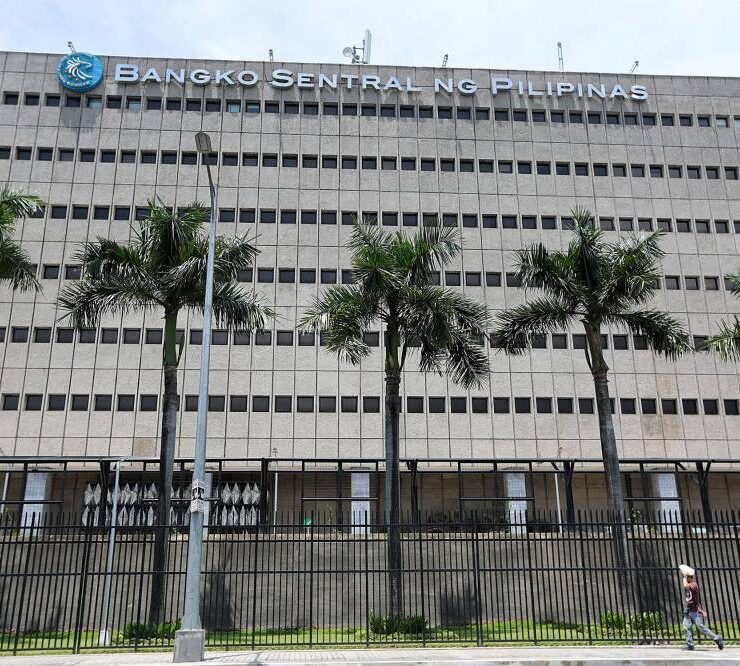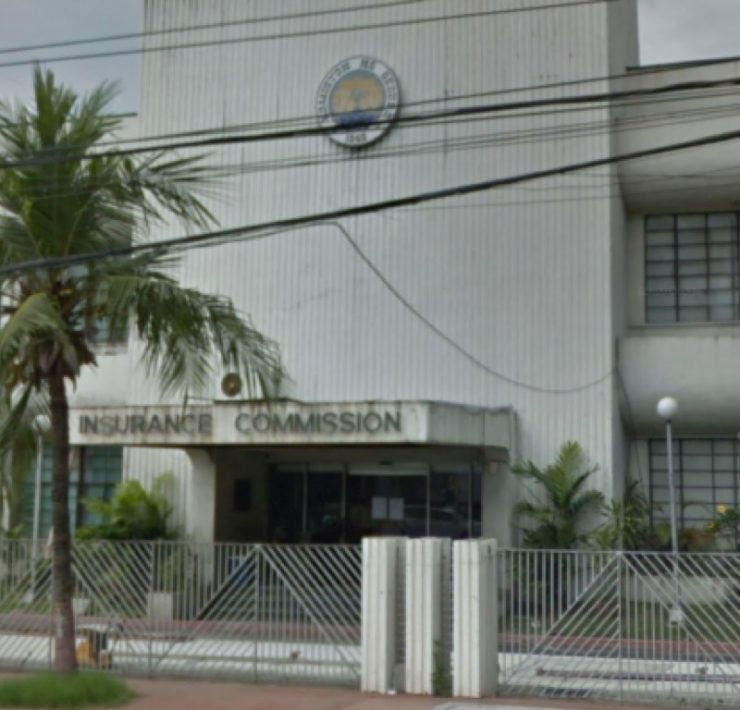GIR down in July on gold price slump, govt debt payments

The Philippines’ dollar reserves slightly declined in July due to a drop in global prices of gold and foreign currency withdrawals of the government to pay some of its external debts.
Data released by the Bangko Sentral ng Pilipinas (BSP) showed gross international reserves (GIR) fell to $105.7 billion, down from $106 billion in June. Still, the central bank said the country’s reserves remain a “robust” safeguard against global financial volatility and external shocks.
The current level of GIR also stays above the BSP’s $104-billion forecast for 2025.
The reserve assets include the central bank’s foreign investments, gold holdings, foreign exchange, as well as the Philippines’ contributions in the International Monetary Fund (IMF) and access to its credit facilities.
“The latest GIR level ensures availability of foreign exchange to meet balance of payments financing needs, such as for payment of imports and debt service, in extreme conditions when there are no export earnings or foreign loans,” the central bank explained.
A closer look at the July figures shows that the BSP’s foreign exchange holdings dropped by 34 percent from the previous month to $826.3 million, while the value of its gold reserves dipped slightly by 0.13 percent to $13.78 billion. Gold accounted for about 13 percent of the country’s gross international reserves in June.
In contrast, the central bank’s foreign investments, which make up the largest share of the reserve assets, edged up by 0.18 percent to $86.42 billion.
Adequate level
Meanwhile, the Philippines’ borrowing authority with the IMF was steady at $3.94 billion, and its financial contributions to the same Washington-based institution declined slightly by 0.4 percent to $729 million.
By convention, the GIR is viewed to be adequate if it can finance at least three-months’ worth of the country’s imports of goods and payments of services and primary income.
The BSP said the GIR as of July was equivalent to 7.2 months’ worth of imports of goods and payments of services and primary income.
It also covers about 3.4 times the country’s short-term external debt based on residual maturity.





















